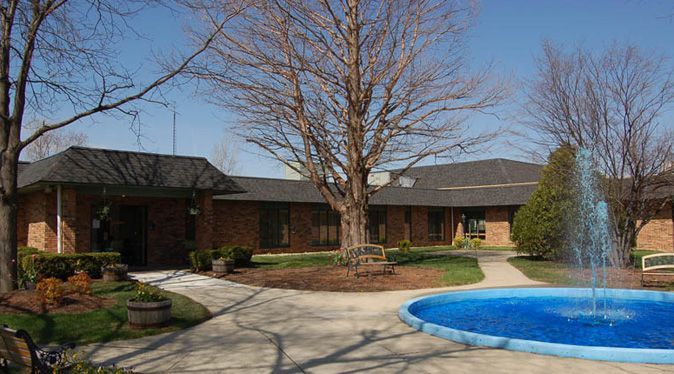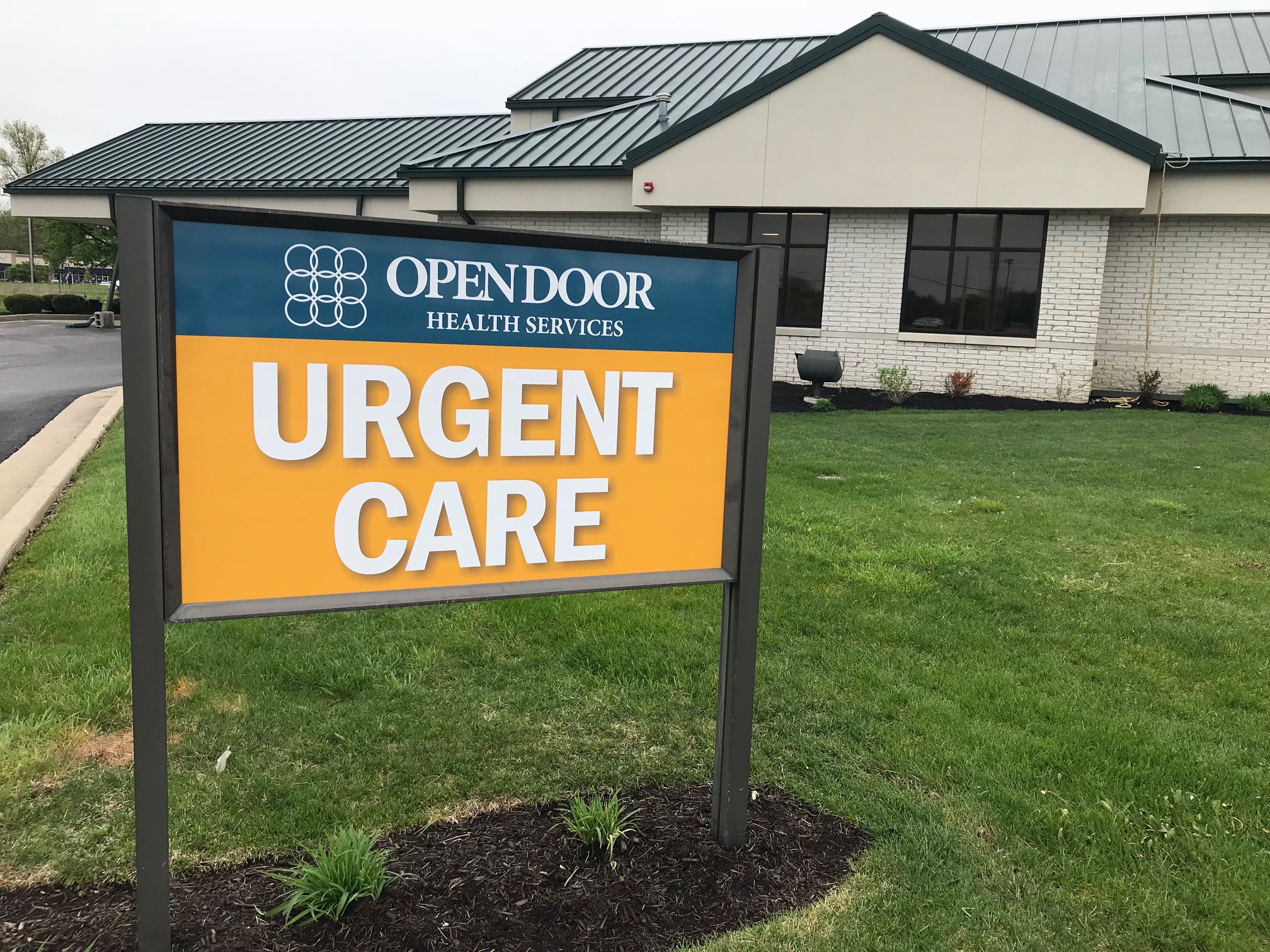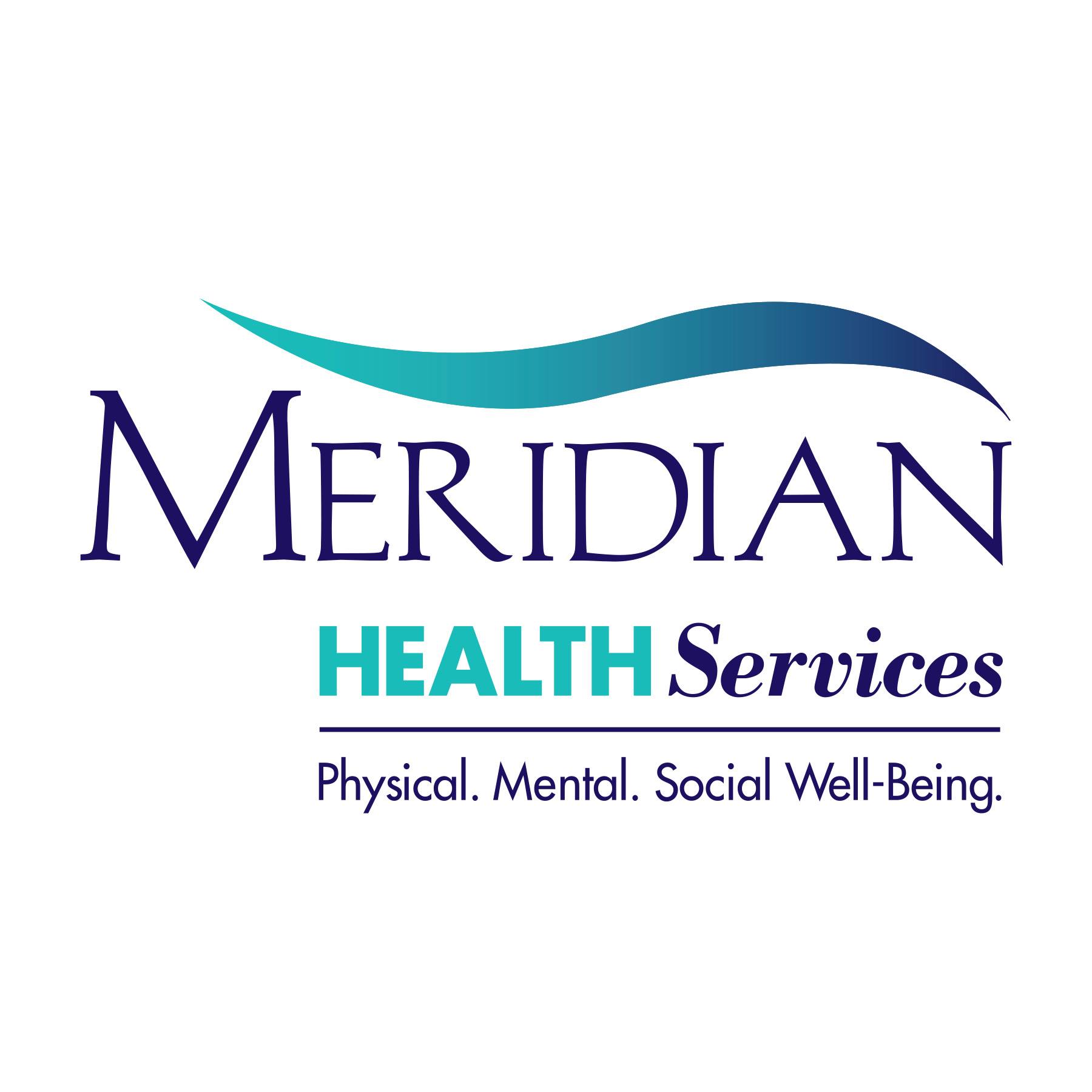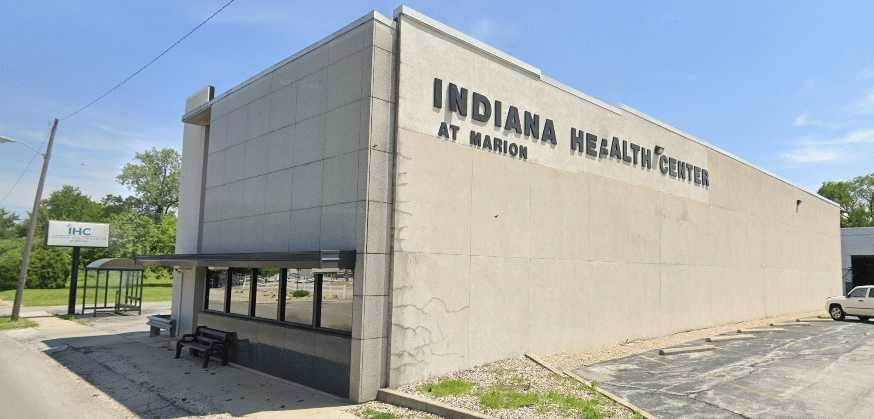About Golden Livingcenter Muncie
In order to get more information on this clinic, click on the icons below. You may be required to join for free in order to access full contact information.
They are located in Muncie, IN, less than one mile from Ball Memorial Hospital. Patients and residents in their skilled nursing facility love to enjoy their calming fountain and beautiful setting outdoors. Because they understand that socialization is an important part of life, they offer a variety of recreational activities and group outings to places such as Ball State University, which offers sporting events, arts and cultural activities.
In addition to offering quality long-term care, they also offer short-term care for those recovering from illness, injury or surgery, as well as those in the intermediate and late stages of dementia and Alzheimer's disease.
Residents of our Alzheimer's Care Units will experience a beautifully designed and secure area that helps manage the behaviors associated with dementia and maintain cognitive and physical functionality. Patients of our Advanced Alzheimer's Care Units will receive one-on-on sensory-driven care; and if necessary, hospice services will be provided by a locally licensed agency.
Since this is a sliding fee scale clinic, we have provided the Federal Poverty Guidelines below. Visit the Golden Livingcenter Muncie website listed above to see what the level is needed for free care.
Federal Poverty Guidelines for 2023
| Persons In Family Household | Poverty Guideline Salary per year |
|---|
| 1 | $14,580 |
| 2 | $19,720 |
| 3 | $24,860 |
| 4 | $30,000 |
| 5 | $35,140 |
| 6 | $40,280 |
| 7 | $45,420 |
| 8 | $50,560 |
For Households with more than 8 persons, add $4,480 for each additional person.
*Alaska and Hawaii have different rates for HUD federal poverty guidelines.
These numbers above represent 100% of the Federal Poverty Rate. In order to get reduced or free services from some clinics, they use a sliding fee scale based on your income.When they use a sliding fee scale, the 100% rate can be different than 100%. In those cases, using for example a 200% federal poverty level, you will only need double the 100% number listed above to 200%.







